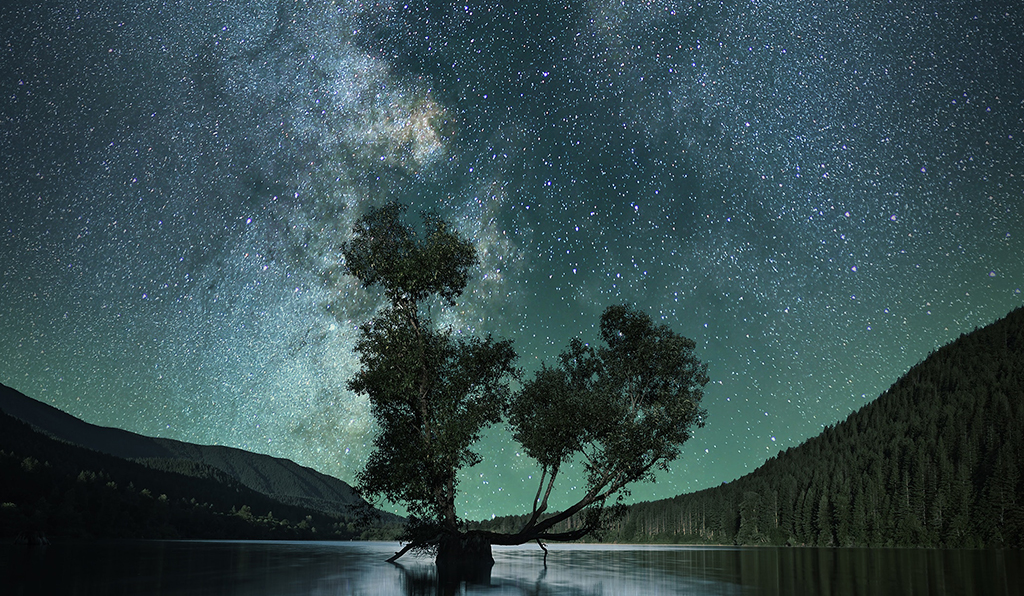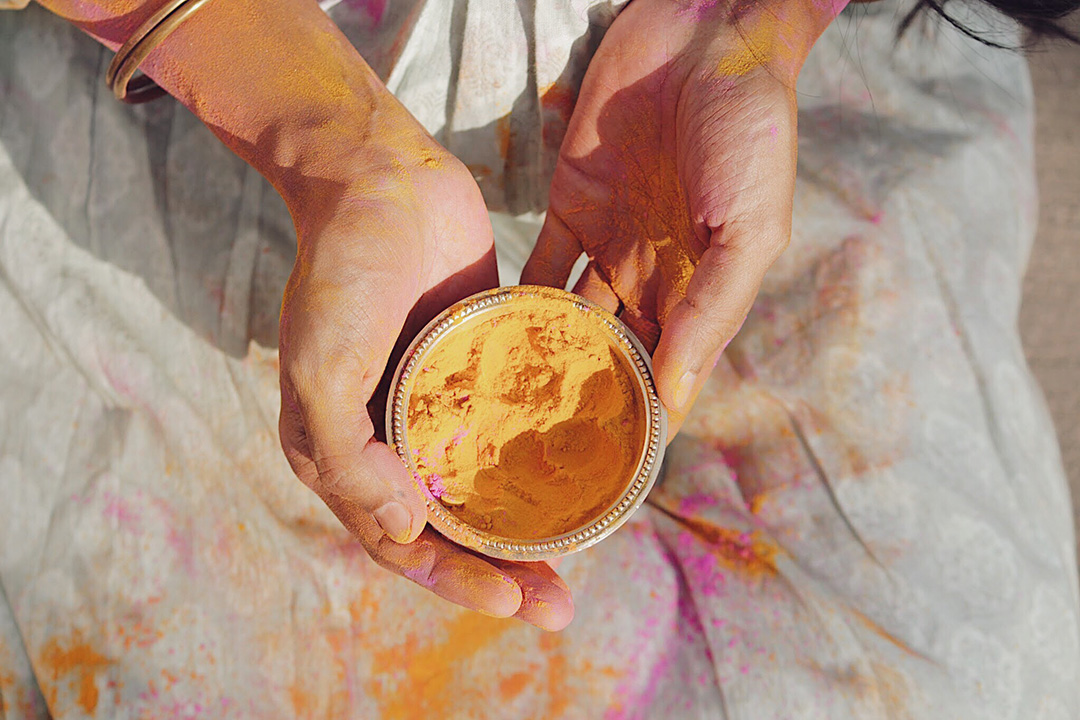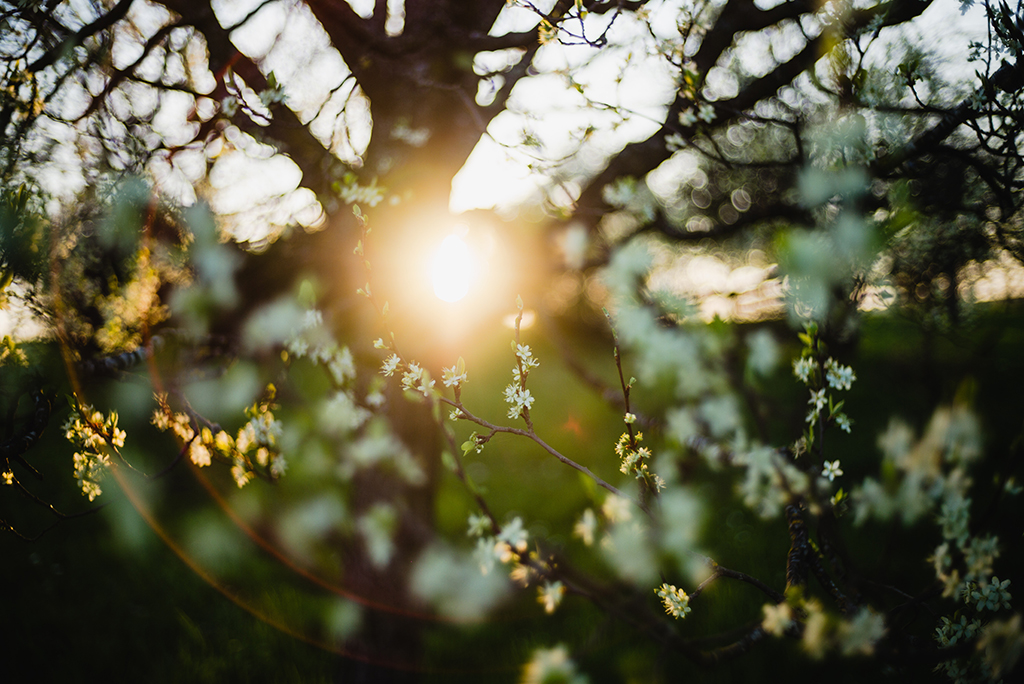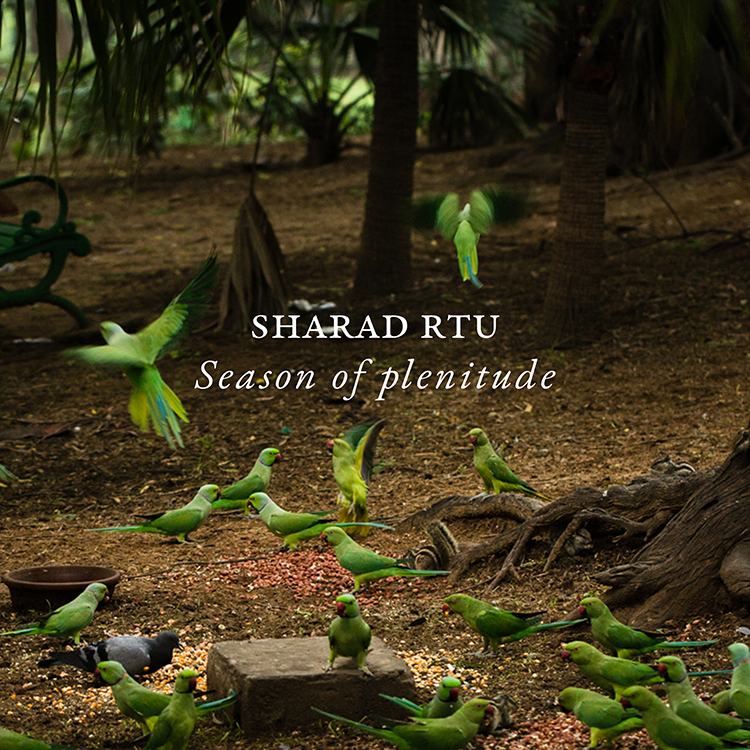

The six seasons of the subcontinent were once acknowledged and celebrated as an integral part of a lived experience in both, social practices and personal rituals. The seasons were seen as an assertation of Truth and a sacred cosmic order

The seasons are a part of our calendared lives. But we have, in a sense, distanced ourselves from their impact and meaning. Modern man is accustomed to relegating the seasons to being nothing more than a mere physical phenomenon that impacts us primarily in terms of temperature.
But, once upon a time we did not live so far removed from this recurring natural phenomenon. In ancient India, much like in all other traditional societies and cultures, seasons were acknowledged and the arrival of each was celebrated. Rtu or season, as with so many of the Sanskrit words, has a deep multiplicity of meaning. A Rtu is at once a season and also the orderly progression or appearance of things; it is correlated to being both, a marker of time in itself as a season and as the correct time for the appropriate, corresponding action (usually, in the Vedic world, a sacrifice or a ritual). The Rtu Chakra, the cycle of seasons, was understood as the reassertion of Time and Truth; it was the physical manifestation of Rta, the sacred, cosmic order of things. In a sense the seasons are primordial; the different Rtus participate in the ritual sacrifice that begot creation.
The Vedic creation myth in the Rig Veda is centred around the sacrifice of Purusha – the primordial supreme being. In this ritual Basanta (Spring) is the Ghee, Grishma (Summer) is the fuel, Sharad (Autumn) is the food offered and Varsha (Monsoon) is the water used for purification. The six seasons described by the Vedics were Basant, Grishma, Varsha, Sharad, Hemant and Shishir. Often, the last two are clubbed together as Hemanta-Shishir. Each of these seasons has, in that traditional worldview, a rhyme and reason of its own. And it is their ceaseless succession that creates a year, the Samvatsara. The Rtu Chakra or Samvatsara (year) is based on Solar movement but the months themselves corresponded to the lunar phases. Each Rtu or season comprised of two lunar months.

To each activity of life there was a season, and to each season there was a reason. To integrate the Rtu Chakra into the personal and social rituals of life is to live in a state of harmony with Prakriti or Nature.
But seasons were also secular, in the sense that they were an integral aspect of the lived culture. Each season had multiple resonances. The behaviour and mood of living creatures, the flowers that bloomed and fruits that ripened, the grains that were harvested, the festivals, the cycles of sowing and reaping, personal rituals… all aspects of life were lived in reference to the Rtu Chakra. To each activity of life there was a season, and to each season there was a reason. To integrate the Rtu Chakra into the personal and social rituals of life is to live in a state of harmony with Prakriti or Nature. This state of harmony is still echoed in so many of the traditions, festivals and ritual practices of the subcontinent. So many of our festivals such as Holi mark the transition from one Rtu to another; from Shishir to Basant in this case. Solstices, Equinoxes, the phases of the Moon… most of the traditional festivals and celebrations are rooted in the transitions of the natural world. Popular culture is also, at its crux, aligned closely to seasons.
Kalidasa’s Ritusamharam: A Garland of Seasons, was written nearly a millennium after the first Vedic articulation of the Rtu Chakra. This magnificent ode to the beauty of the subcontinent’s six seasons is also a reaffirmation of the Vedic understanding of the seasons and their impact in shaping our lived experience. This despite the fact that Kalidasa is writing of an urban society as opposed to the Vedics, who seemed to have lived much closer to Nature. Kalidasa portrays a much more urban culture; nonetheless the seasons are still integral to the lived experience. The delight of springtime love, the intense scorching longing of Summer, the eroticism of Varsha, the luminescent beauty of women in Sharad… the characteristics of each Rtu are the backdrop against which life is lived. More than that, the Rtu permeates the way in which different aspects of life is experienced.
The Chakra of Rtu still turns, each season still offers its delights but we, the moderns, seem to have forgotten how to live in harmony with the seasons and by extension, Nature.